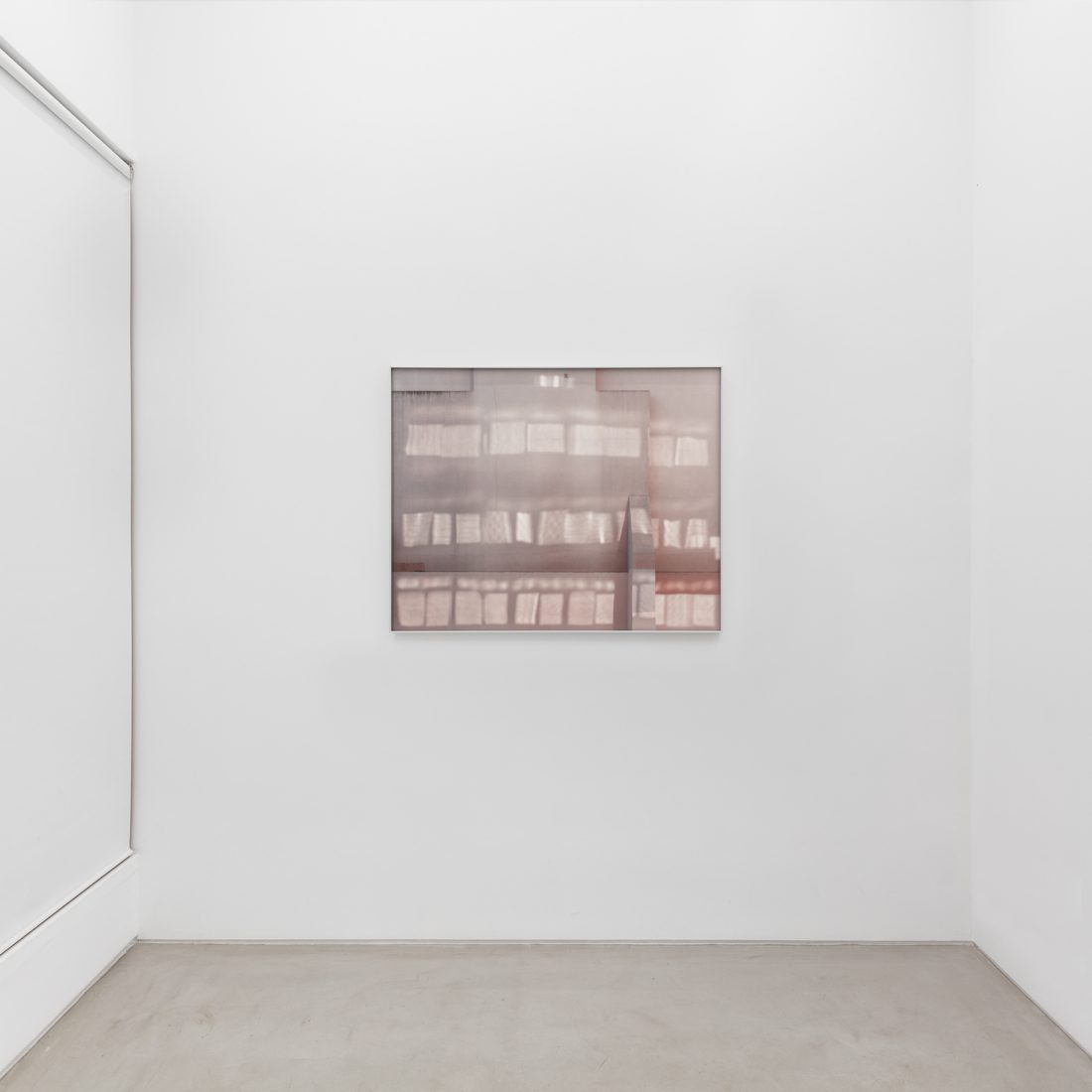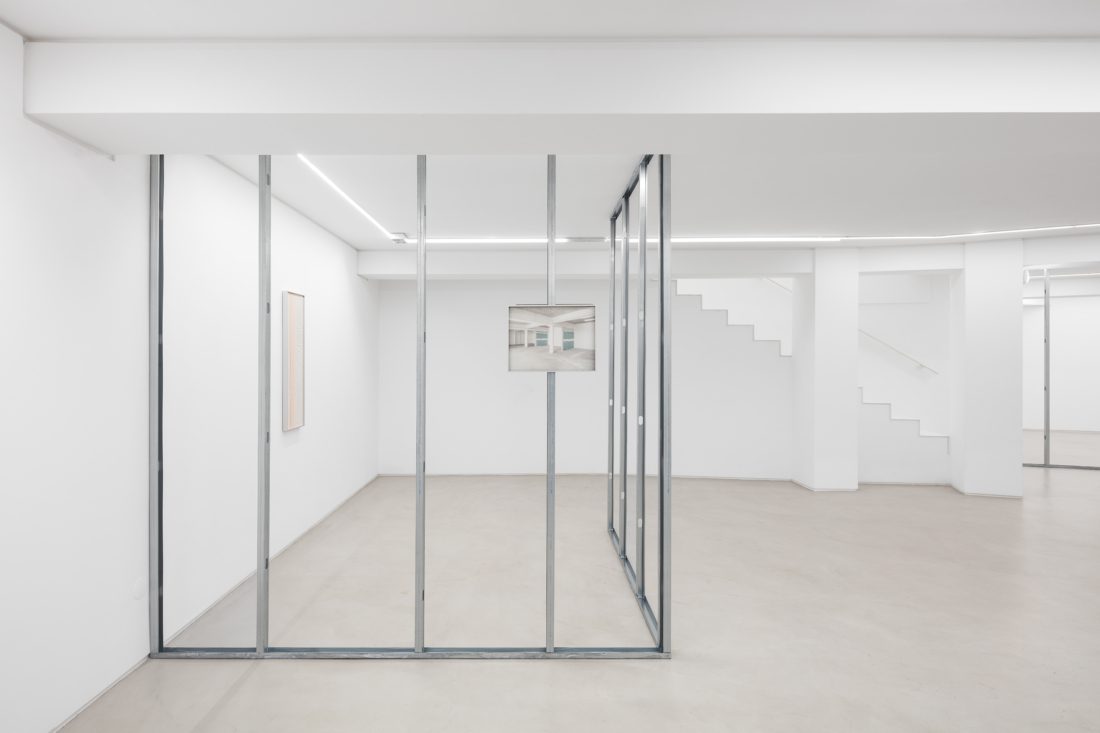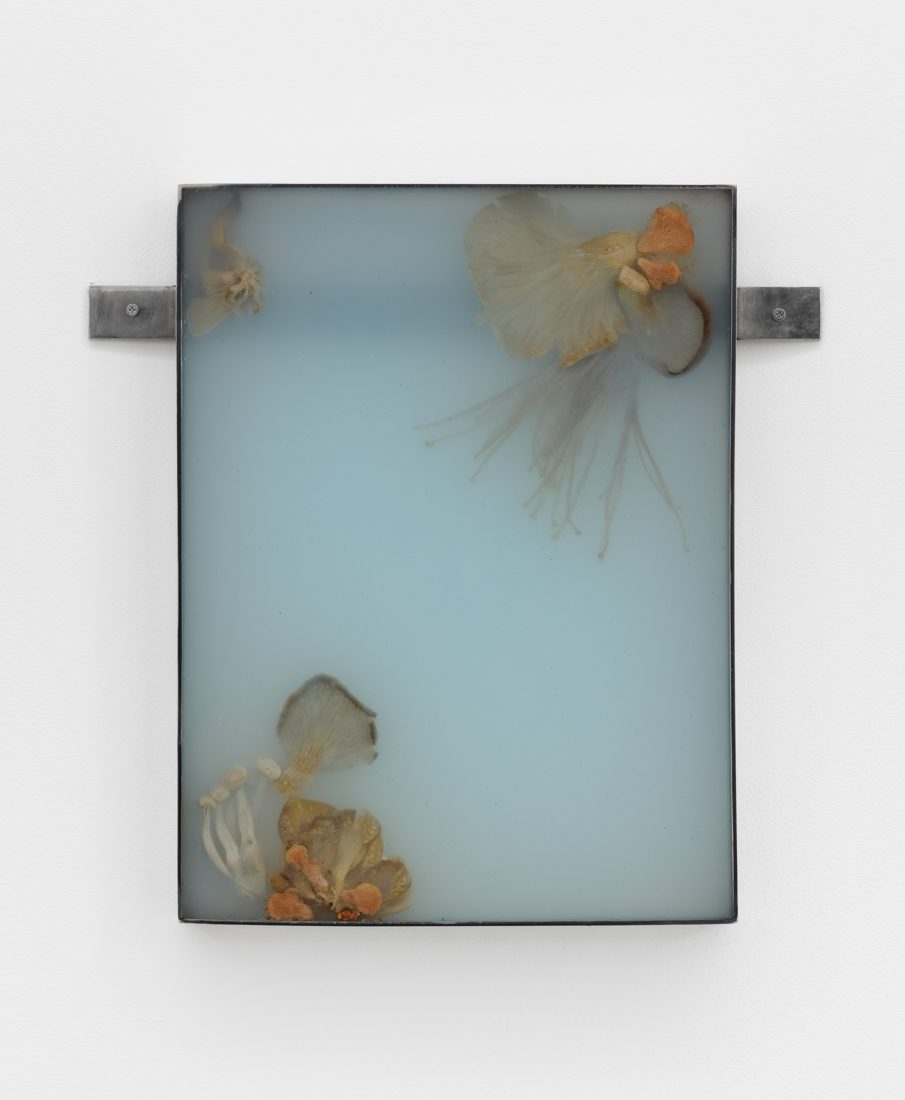Inside Out
Mia Dudek
[23/03/23 - 06/05/23]
Foco Gallery is pleased to present Inside Out, a solo show by Mia Dudek.
Opening Thursday, March 23rd from 6 pm.
Sounds of Kindness: On “Inside Out”
The Cambridge English dictionary defines an orchestra as a “large group of musicians who play many different instruments together and are led by a conductor”. Such an orchestra periodically will play a symphony, usually composed within 4 movements, but not necessarily. Alban Berg, the Austrian music theorist and composer said of Gustav Mahler´s 9th and last symphony “I have once more played through Mahler’s Ninth. The first movement is the most glorious he ever wrote. It expresses an extraordinary love of the earth, for Nature. The longing to live on it in peace, to enjoy it completely, to the very heart of one’s being, before death comes, as irresistibly it does.” In addition to the possibility for transcendence and ultimate stimulation, one of of the powers of Mahler´s 9th symphony is its intricacy, detail by detail, its unfolds like the veins of a leaf or the edges of coral. Dramatically and organically. Honoring the orchestral necessitates honoring relationships between consonance and dissonance. These same variables can be applied to living (even if briefly) with an art work which when brought down to fundamentals, can be harmonic, or not.
Here, we see, Mia Dudek´s explorations into photography, sculpture, and painting which resonate gently and strongly. There is tenderness in the color palette, and in the interplay of media a certain vulnerability arises. One of the core reasons for such sensitivity is that Dudek chooses her domestic worlds as a way of making sense of her multi-fold situatedness which places her between Lisbon, Warsaw, and London. Integrating and communicating with these distinct environments requires a level of receptivity which comes through in this work. How can we truly inhabit and make home in a place? A kind of networking is needed, at the level of the nervous system, socially, and economically. Connecting. Working with her subjectivity in such a way, Dudek directly embodies the rhizomatic structure in her mode of constructing her own belonging.
One of the key figures of Dudek´s work is the mushroom and implicitly the mycelial. They are immortalised and mythologised, and act as metaphors for the biography not only of the artist but of any viewer. Inside Out, is also a way of testing elasticity. This is evidenced in Dudek´s approach to the materials she manipulates. If they cannot be pushed and pulled then they have not shown their true identities. Encountering this voluminous environment, we cannot help but have our own edges be softened. This process finds its metaphor in the quality of diffused light that is present in the paintings of Vermeer, from which Dudek draws influence. This light is mythical and simultaneously sunrise and twilight. It is an evanescent light which comes through in Dudek´s choice of iridescence for her canvases. The brushstrokes evoke the circular movement of cleaning surfaces in one’s kitchen or polishing the floor of one’s bedroom. These curves remind us of moments of solitude and meditation as we maintain our own spaces. Their forms left behind are evidence of our care. Further offering a pathway into intimacy, Dudek reshapes the gallery to sculpt a new architecture which is reminiscent of both a home and studio under construction. We are invited to make ourselves comfortable. In the making, being in the making, making the being.
Within “Inside Out” there is inhalation and exhalation; there is the full cycle of breath from the first to the last. There is also an invisible wave which expands and contracts over the body of each artwork. This wave is unpredictable. Since Dudek works directly with tension, she allows for release, as a wave crashes on the shore of a beach or into this exhibition space as a generalised sense of acceptance. The title of the exhibition calls to mind precedents set by psychotherapy, psychoanalysis, and mysticism which hold that interior psychosomatic work has exterior effects. Furthermore, when the inner is turned outwards, transformation is possible through self exposure. This is a practice of honesty in action. “Inside Out” works against a purist´s exercise in conceptualism by weaving instead of forcing geometries of thought. It accesses the viewer as if to offer a massage or hold up their body in the ocean. In a sense, it is also kind. This movement towards the other on behalf of the artist is arguably a very personal reach for harmony. All of this is symphonic.
-Josseline Black, March 2023














































